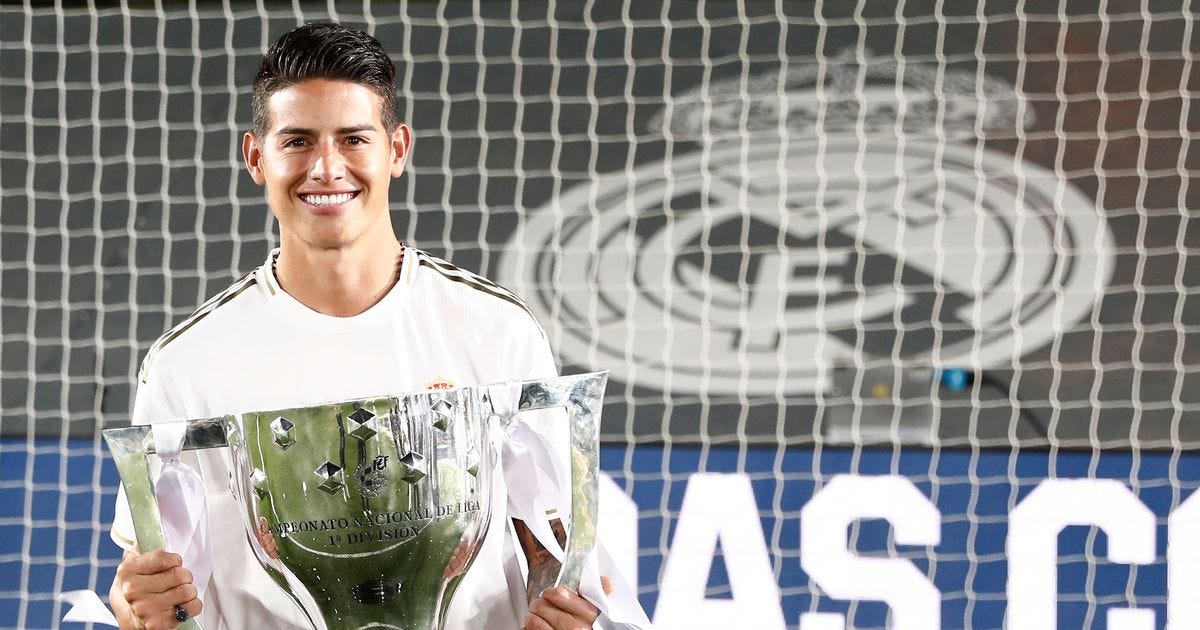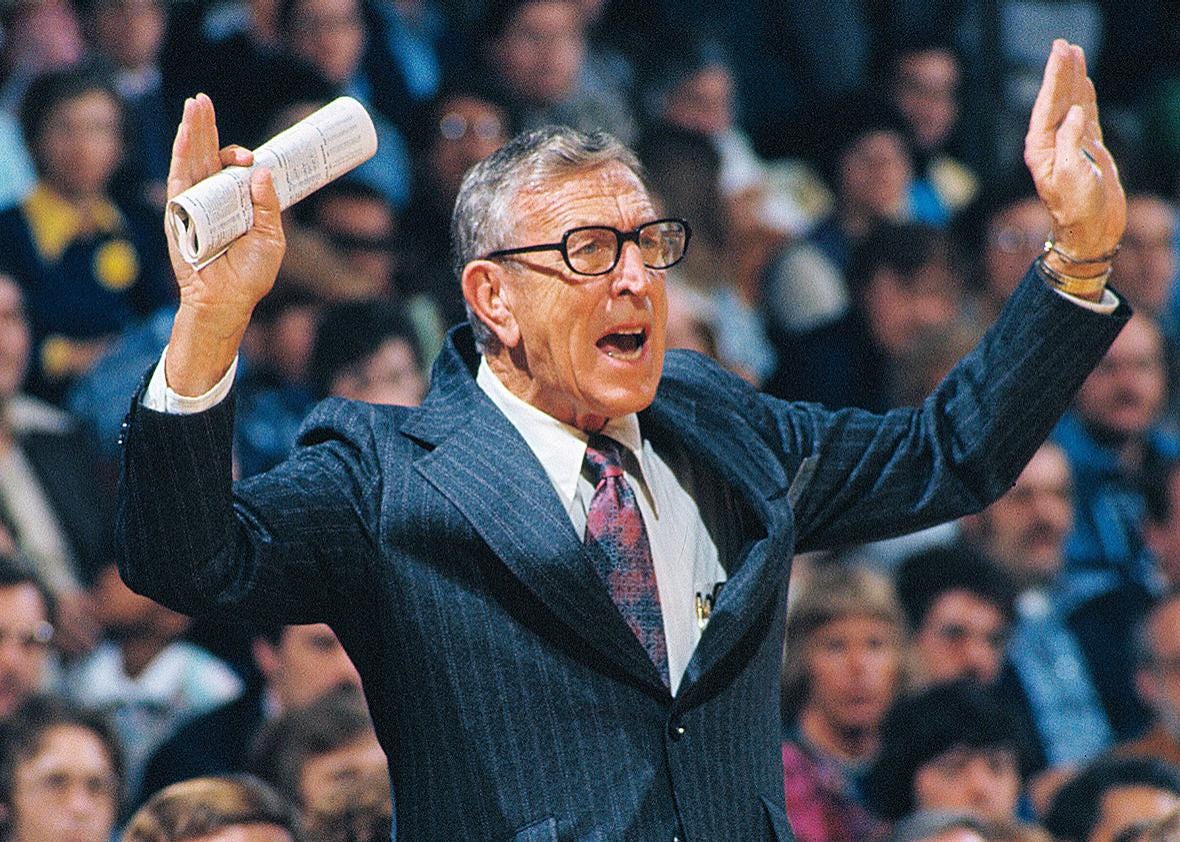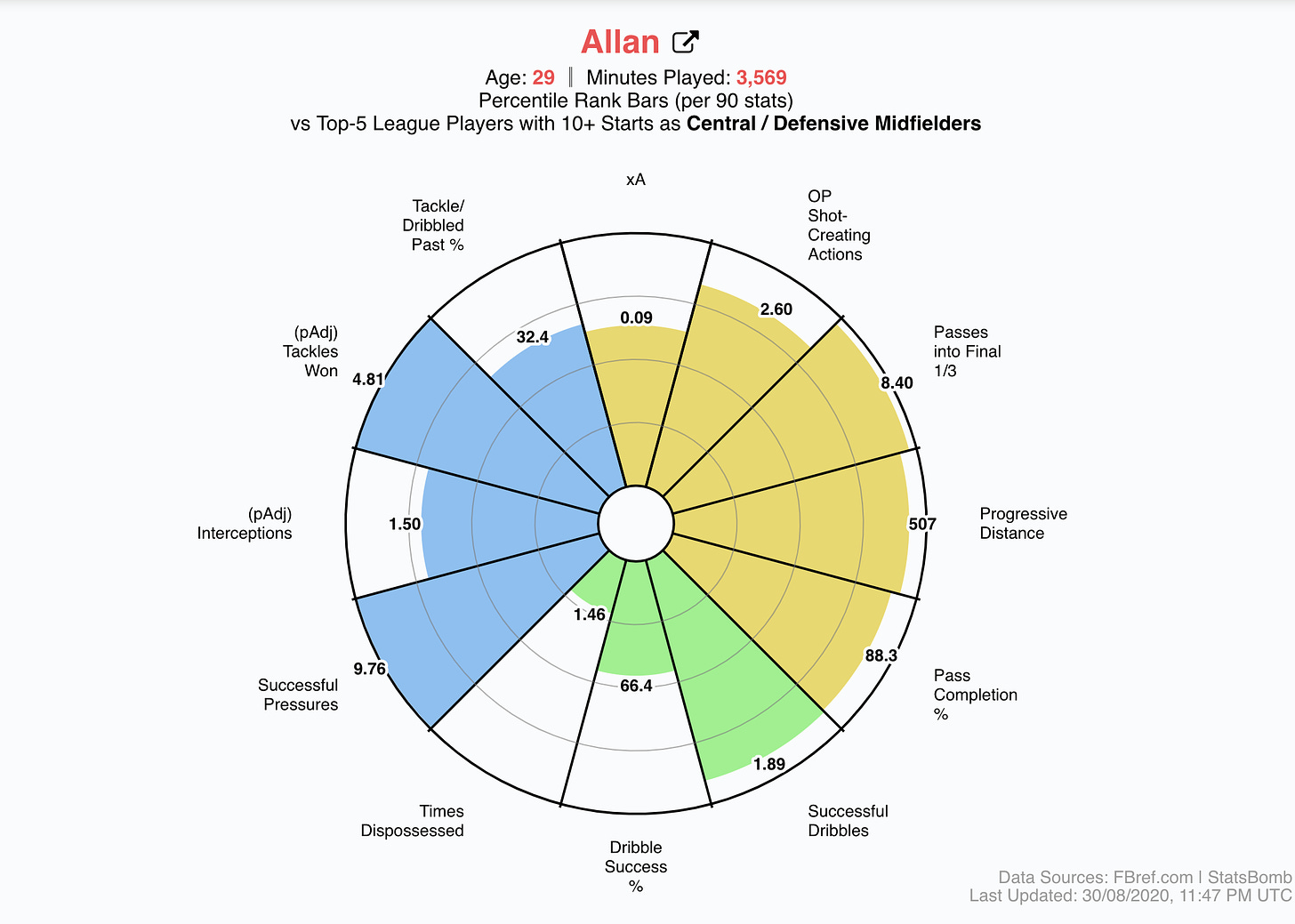Everton Gonna Everton
The reported Toffees transfer haul kicks off an early start to Premier League previews

'“Never mistake activity for achievement.”
Each time Everton have brought in a player the past few transfer windows, this quote from legendary basketball coach John Wooden has popped into my head. Under David Moyes, it felt like the club needed the transfer market. With a limited budget and a firm residence in “selling club” territory, a player would leave and Everton would be forced to use those funds as best they could to plug holes in the squad. With more money behind them, today’s Everton function a bit differently.
Starting with Ronald Koeman in the summer of 2016, the club has been shooting money out of a firehose without much direction. According to Transfermarkt data, only three clubs have spent more while taking in less than Everton: Arsenal, Manchester City and Manchester United. Two of those clubs are among the richest clubs in the world — United ranks third and City sixth according to the Deloitte Money League — and Arsenal are, well, a subject for another time.
The two former clubs have used that money fairly well. City have two Premier League titles during that time while United was a runner-up in 2018 and is back in the Champions League after their third place finish this year with a rosier outlook than anytime in the past half-decade (whether that qualifies as a success for United is a whole different conversation). Meanwhile, Everton have gone in the opposite direction.
After a seventh place finish in 2016, the club finished eighth in back-to-back seasons before dropping to 12th this past year. Carlo Ancelotti is technically their seventh manager during that underwhelming stretch (if you count caretaker stints from David Unsworth and Duncan Ferguson) and has a squad that is a byproduct of the previous, clashing philosophies. If the general rule is higher wages equals more wins, Everton’s transfer dysfunction have been the exception that proves that rule.
With Ancelotti, a highly acclaimed, trophy-winning manager setting up the team and Farhad Moshiri, an owner chock-full of blind ambition, holding the purse strings, Everton’s 12th place finish was a massive disappointment. That meant during this summer’s short turnaround, it was a foregone conclusion Everton were going to try and infuse some talent.
That finally came to fruition with this week’s flurry of activity. Reports have confirmed that Napoli midfielder Allan is on the way. James Rodriguez is getting a medical in Liverpool and finalizing a deal while Watford and Everton have agreed to a fee for midfielder Abdoulaye Doucoure.
Everton needed talent and the club just went out and got some. Ancelotti will enjoy having more capable players at his disposal. Moshiri will feel like he is pushing the club forward and fans will be happy the club is putting their money where their mouth is.
But when stepping back to look at the grand scheme of things, it all might be a mirage. A flurry of activity that distracts from where Everton are really at and what the club should actually be trying to achieve.

It’s easy to look at this investment strictly for the specific players the club is getting in return. It’s easy to see this moves and fall back on the basic way to grade any transfer. Do a calculation of on-pitch value, factor in age and existing options at the club then compare it to the fee. Viola! You have just formed an opinion about the transfer.
But in Everton’s case, it’s important to examine the context in which the club is doing all this spending. In the last year, the Merseyside club are set to post a record loss of £111.9 million. It’s enough of a financial hit that the club is now at risk of running afoul with Financial Fair Play regulations. On top of that, there is a whole pandemic thing happening that will be sure to affect gate receipts and other streams of revenue going forward.
Yet between Allan, Doucoure and Rodriguez, Everton are slated to dish out roughly £60-65 million in fees only — not to mention the club will likely match Rodriguez’s wages from his time in Madrid. While soccer salary info is always spotty, that could be adding something in the vicinity of £200,000 per week to the clubs wage bill.
This type of spending could be more easily justified if they club was able to offload some deadwood. Yet therein lies the problem. Everton are still hamstrung by their reckless spending from the previous five summers. Yannick Bolaise, signed that first summer under Koeman, is still on the books for a reported £70,000 per week. Gylfi Sigurdsson, who came the following summer, is on the books for another £100,000 per week, a figure so high it’s likely thwarting a possible move to MLS. Then to varying degrees, Theo Walcott (signed in January of 2018), Mo Besic (signed under Roberto Martinez) and Sandro Ramirez (summer of 2017) are all still players that aren’t needed by the club but have combinations of wages and production that render them virtually unmovable.
It’s also easy to forget that Everton dished out over $100 million plus wages on four players last summer — Alex Iwobi, Moise Kean, Fabian Delph and Jean-Philippe Gbamin — who played a grand total of 3,774 Premier League minutes. Combined. To put that number in perspective, left back Lucas Digne played 3,030 by himself despite missing multiple starts due to injury.
Yet despite a string of signings that failed to move the needle and financial trouble brewing, Everton went ahead and tried again. It’s like someone spending their way out of debt by getting a new credit card to pay off an old one. The club is just stacking more fees and wages onto already bloated bill. To roll the dice like that, the club needs to hope they nail these transfers and catapult them back into some sort of European competition — not just this year, but consistently over the next few seasons.
So the question now becomes, is that what these three players do?

Make no mistake about it, Rodriguez will be the most creative player to ever don an Everton kit. That’s exciting! Also necessary for a squad that is sorely lacking when it comes to creating chances.
In three years that FBReference has expected goals data available, Dominic Calvert-Lewin’s 0.51 non-penalty xG+xA (expected goals plus expected assists), is the highest mark of any blue clad player during that time (min 1,000 minutes). By, like, a lot. Sigurdsson posted the next highest mark last season at 0.40.
In Rodriguez’s last season with over 1,000 domestic minutes (2018-19 with Bayern), he posted an xG+xA mark of 0.78. The year before that, it was 0.65. His shot creating actions per 90 (which I think is a self-explanatory stat) is literally double that of any current Everton player. Then there’s the Ancelotti factor.
“Carlo brought out the best version of James at Real Madrid,” a source tells The Athletic. “With Ancelotti the Colombian evolved in his game and in addition to his talent in attack he sacrificed himself in defensive duties. His commitment to helping the midfield was vital in the season in which Real won the Champions League.”
That season they’re referring to is James first with Real Madrid. During it, he scored 16 goals and added 15 assists in all competitions. That’s a hell of a season. But that happened six years ago, all the way back in 2014-15. Rodriguez is 29 now.
In fact, James hasn’t played over 2,000 minutes since that year with Ancelotti. His highest total after that has 1,621 minutes, during the 2017-18 campaign with Bayern Munich. Yet Everton must be operating under the belief that as soccer players get closer to 30, they actually become less injury prone and more productive!
That’s what’s disconcerting about the Rodriguez deal for Everton. If the club had taken him on loan for a season, it’s far less risk. Less of an upfront fee and only a solo year of wages. Then there’s no commitment going forward to a player on the wrong side of the age curve. But instead of pushing that route, Everton is committing big wages to a past-his-prime attacker until he’s 32. Plus there’s the transfer fee the club is dishing out in the process. This does not seem like smart business.
The same might also be said of bringing in Allan, even if he’s exactly the midfield Everton need. Like Rodriguez, Allan excelled under Ancelotti. Just look at his performance under the Italian manager during his last full season at Napoli:

Given that Everton started a Sigurdsson-Andre Gomes double pivot during the COVID restart, Allan is a no-brainer upgrade. Right? The answer isn’t as clear as that extremely impressive radar. Like James, Everton once again splashed cash on a midfielder aging out of his prime. Allan is a 29-year-old, hyperactive, defensive midfielder. While players like Fernandinho have recently flipped the bird to normal aging curves, Allan has seen tackles per 90, pressures per 90 and interceptions per 90 all drop in 2019-20. While it’s hard to say whether that’s a foreboding sign of decline or a reflection of the general turmoil at Napoli, it’s definitely a little worrisome.
So too is the fact that a handful of high profile midfielders have made high-profile switches and failed to have much of an impact. As an Everton fan, I’m obligated to point out that Naby Keita was brought to Liverpool to destroy worlds two years ago only to barely amass 2,000 total Premier League minutes since then. But it’s last summer’s window where you’ll find a handful of lukewarm returns.
Frenkie de Jong went to Barcelona to fulfill his destiny as the team’s next star only to be….just a cog in their bland possession machine. Spurs nabbed all the plaudits for bringing Tanguy Ndombele over from Lyon. He failed to be enough of a reinforcement to arrest Spurs 18-month slide and now has murky future in London thanks to his beef with Jose Mourinho. Then finally, there was Rodri. Rodri’s passing chops fit in fine with City, but his inability to be peak-era Fernandinho defensively (which is a big ask!) was a key reason why Pep Guardiola’s club gave up the highest xG per shot in the Premier League last season.
Not a single one of these midfielders, all with impressive resumes up to their switch, failed to make a major contribution to a club’s point total. Midfielders, it is starting to seem, are a finicky bunch when it comes to making a noteworthy impact right away. That makes it all the more concerning when looking at the final transfer of Everton’s big three, Doucoure.
The French midfielder burst onto the scene three years ago with a seven goal season for a 14th place Watford side. But that impressive campaign was guided by luck as Doucoure scored those seven goals despite having an xG total of just 3.1. Since then Doucoure has still provided a solid goal threat from the midfield. But the fact he can get into the box and cause a keeper problems once in awhile doesn’t offset that Doucoure, well, doesn’t do much else. He’s not creating chances in the box for others, progressing the ball into the final third nor winning it back. He’s kind of a one-trick pony who, at 27, is unlikely to develop any others.
With their credit card maxed out, Everton have went ahead and found a way to spend anyway. There was an opportunity for the club to accept a mid-table standing, blood youngsters and clean up the mess from previous transfer windows. Instead, they doubled-down on dysfunction.
Now the clubs shaky financial standing rests on three players with little upside and no clear-cut case for immediate or long-term improvement. The club may be slightly better than last year, but if it’s not enough to secure even a Europa League spot, what was the point? So while Everton may have been active during this transfer window, despite a dysfunctional situation that urged caution, it will remain to be seen if they actually achieved anything worthwhile.



